In which I find Sunday drivers are a universal occurrence, even on Thursdays; I encounter lumber lorry two, the second slow-down; and am assured that three stills are better than two by a nice gent named Neil.

I awoke to the last day of my walkabout (really, it’s more of a driveabout), moped for a few minutes, then consoled myself with another of Trish’s fine Scottish breakfasts (same components as yesterday… Mmmm, black pudding). Trish and I chatted for a bit, and I found out that this may be her last season doing the B&B thing. Ten years is apparently enough. Makes me a little sad, as I would use happily have stayed at Garragh Mhor any time I was in the Oban area in the future. Ah well, at least it was there for this trip.
The goal for the day is, of course, to get back to Milngavie (my home town, and where my folks’ still live) early enough in the afternoon to spend some time with my folks. The distillery destination for the day is Auchentoshan, just outside Glasgow, just off the banks of the river Clyde, and second closest to where I grew up (Glengoyne wins by a couple of miles). Despite that, I’m ashamed to say, I’ve never set foot in the place. Time to remedy that.
I’d hoped to get myself on the 90 minute “The Experience” tour, which is a distillery tour plus a tasting of four expressions, but that one was sold out. After being given this sad news, I was told that what was available was the basic “Distilled Different” tour (as far as I can tell, the same tour, but just one dram) at 1:00pm, or the “Tantalising Tasting” tasting only option at 2:00pm. I asked how long the tour was: “1 hour.” Perfect. I therefore booked both. Sorted.
The drive was only two and a half hours, so I left at around 9:30am, giving myself a full one hour buffer – almost half as much time again – which should be plenty, right? Uh-huh…
Early in the drive I encounter Lumber Lorry 2: The Second Slowing. Seriously, this sucker was crawling along as bad as the first. You’d think the sequel would pick up the pace a little. I started math’ing the time and realized “Still good for time, no worries.” It helped that the road had a couple of nice straight stretches juuuust about long enough to overtake. I was therefore able to cut to the credits and peg it past. Back to cruising speed, enjoying the glens and scenery and Whoah! Slow moving vehicles dead ahead!
It became clear to the four of us, then five, then six, seven and eight of us, that the lead car was unfamiliar with speed limit signs in the UK, ’cause they were routinely sticking to whatever speed they last saw posted in numeric form. Makes sense to some, but let me explain.
Specific speed limits in the UK are posted thus: white circular sign, red outline and black numbers in the middle. These are used to indicate the specific speed limit for the current stretch of road. When you leave an area with specific posted speed limits, you return to the national speed limit, posted thus: white circular sign with a diagonal black line through it. The national speed limit corresponds to the road and vehicle type; For cars, built-up areas are 30mph, single carriageways are 60mph, dual carriageways and motorways (freeways) are 70mph.
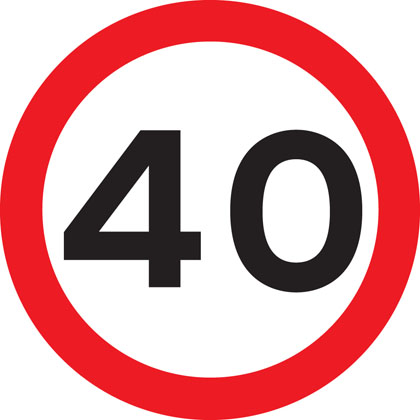
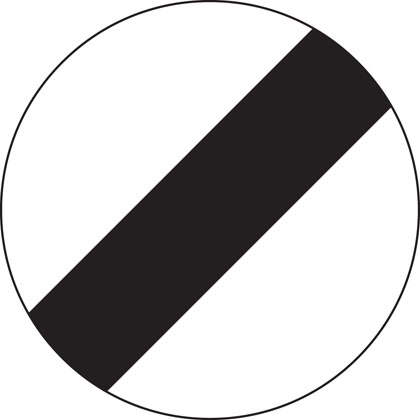
The sign that our favourite slow moving vehicle driver appeared to be blissfully unaware of was the national speed limit sign, preferring to stick to the “30” or “40” signs they noticed when we drove through an area with a few houses or a point of interest. This got tiresome after 30 mins or so, and people started taking risks. Fortunately, they all made it. And then I got lucky with another straight stretch and slipped by. Repeat for the next two slow-pokes.
Quick time check… crap, going to have to skip the lunch stop I was planning, or at least shorten it to a quick pit-stop at “The Green Welly” in Tyndrum. I did take a minute to check out the collection of Octomores in the whisky shop there, but sadly decided to leave ’em where they were. But it was close!
A quick turn south at Crainlarich and then it’s just an easy jaunt down the banks of Loch Lomond. Oh look, two lorries ahead. Well, never mind, they improved the road years ago, so they’ll be moving along nicely. Uh-huh. Right, Kevin. They improved the road south of Tarbet years ago: the ten miles north of Tarbet is twisty, tight, technically two lane, but try squeezing two lorries past each other, or a lorry and a car on a curve, and the laws of physics have to turn blind eye for a moment or two. There was, inevitably, much passing of lorries and many cars on bends to phase through.
Long story short… too late, that would have been several paragraphs ago. Skipping to the end, I arrived at Auchentoshan three minutes before the tour started, and reminded myself to adjust all drive times in the future by a hefty factor.

It turns out that my host for both the tour at the tasting would be Neil, a young man who knew his stuff. Started life as a sommelier, he then spent a year working at a winery down under. Ran a few tours of the winery and decided he’d love to do something like that closer to home. Flew back to Scotland and spent several years driving coach tours. Many such tours would include distillery visits, and he would occasionally find himself turning up unannounced asking if they could fit in a party of 25. When they told him “We have time but no guides,” he’d ask if he could just lead the tour himself, ’cause he knew process and had taken the tours more than once. And so it came to pass that a couple of distilleries would just wave this bus driver and his 25 guests in to their facility where said driver would give a highly knowledgeable tour. Three years after applying to Auchentoshan, they found his CV at the back of a drawer, invited him in, and hired him that day. And I’m glad they did. A great tour and tasting led by a man who appreciated the arts, crafts, similarities and differences of both the wine and whisky making worlds, which put an interesting spin on things.
The tour began, and it became apparent that Neil would be a bit rushed in his dialog. Our group was largely comprised of a collection of Polish visitors, none of whom spoke English. They had a translator – who had clearly spent some time in Scotland, based on his “English” accent – who would translate and repeat back everything that Neil said. Now normally, for groups such as this, the point-person for the non-native speakers would make arrangements ahead of time, at least to give the distillery/guide a heads-up, and often the distillery will arrange a separate tour for the group to allow a bit of extra time for translation, in both directions: folks always have questions. Unfortunately, Neil was somewhat blindsided by the group, but handled it like the pro he is. He ramped-up his delivery to full Glasgow-mph and kept things moving (physically) at a good pace. This was fine by me, ’cause I know the process pretty well and am just keeping my ears open for nuances and the likes. I did feel a little bad for the other handful of folks who were on their first distillery visit. Still, everyone seemed to have a good time.

Pertinent facts. Porteus mill, naturally. 6.825 tons of barley creates 35,000 litres of wort. Fermentation is around 60 hours. Then comes the interesting part, the triple distillation. Auchentoshan is the only distillery in Scotland still dedicated to triple distilling. This is something of a trademark of Irish distilleries, but not really favoured any more in Scotland. The closest that many Scottish distilleries get is designing stills that heavily promote reflux (then there’s Mortlach who do some bizarre combination of things and announce that they distill 2.81 times, but we’re just going to ignore them for now).
I’m going to try to get this right, and see if I can remember it correctly (the problem with delaying a day or three before writing).
First up, the Wash Still, which operates pretty much as normal. The wash arrives (in two batches) at around 8% ABV and is heated to around 94C (201F) to produce the Low Wines which sit at around 24% ABV. These are collected in the Low Wines Receiver. The remnants in the Wash Still (typically sitting at about 1% ABV) are called the Pot Ale, which is sold as fertilizer).
The Low Wines are then fed into Auchentoshan’s Intermediate Still. Most distillate produced at this stage is collected in the Feints Receiver, though some percentage (the less desirable head and tail) are fed back into the Low Wines Receiver to be included in the next run.
The contents of the Feints Receiver are then passed into the Spirit Still for final distillation. About 55% of this is collected in the Spirit Receiver; this is our New Make Spirit. The remainder is fed back into the Feints Receiver to be included in the next run. Waste not, want not.
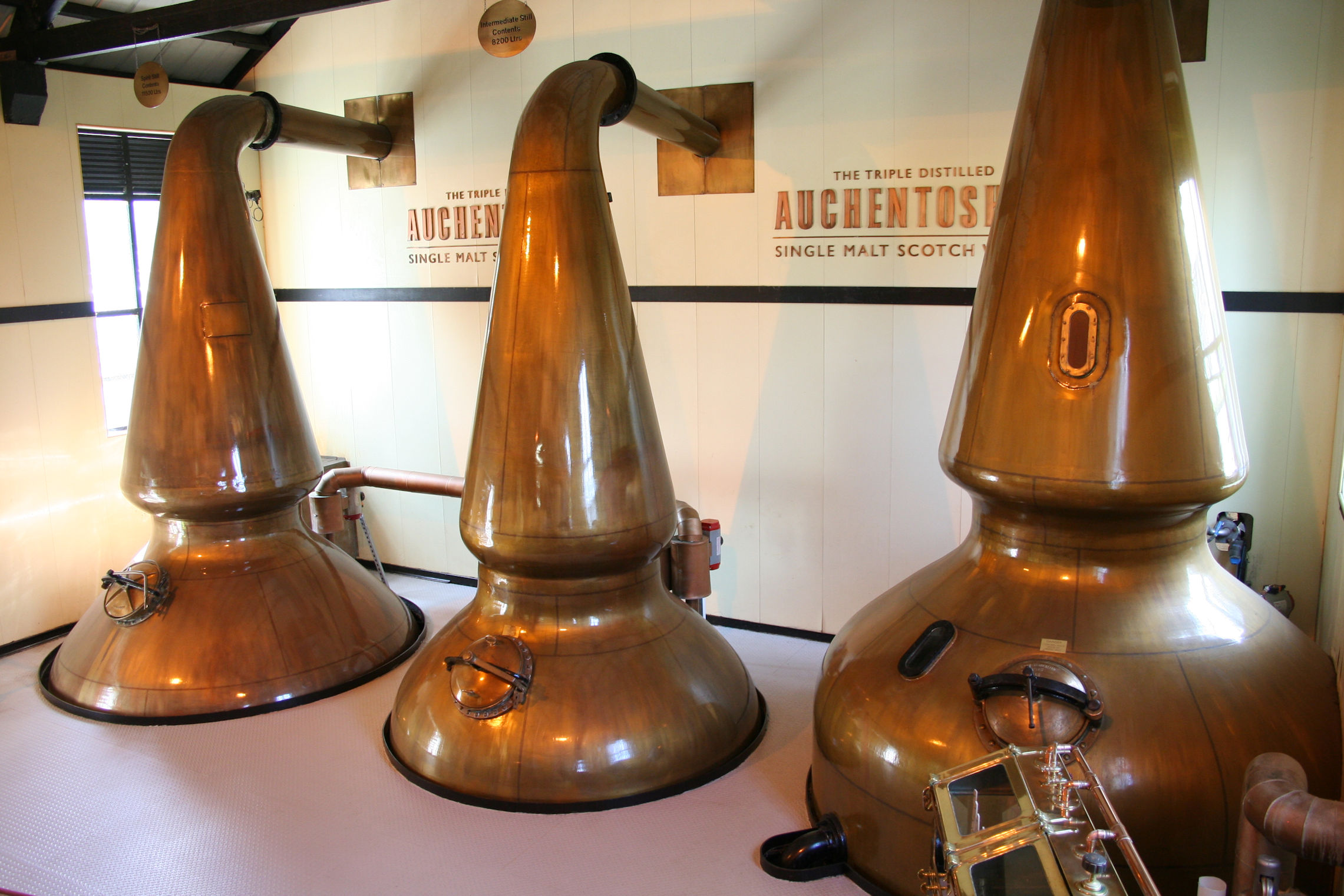
Their new make spirit comes out at a whopping 81% (vs the high 60’s you normally see), and Neil passed around a glass for nosing and, if you were brave enough, tasting. And, yes, of course I tasted. It was incredible. A great flavour and, well, surprisingly smooth for a level of alcohol that should’ve stripped the taste buds right off my tongue. Apparently our tour guide occasionally has himself a glass, watered down to the safer 63.5% of course, the same percentage at which it enters the casks.
An interesting note is that, by the end of the process, the liquid volume has dropped from the original 35,000 litres to a mere 3,500 litres. Thought I’d throw that out there, just to give some perspective.
The tour ended in their tasting room: a very nice oval bar that could easily seat 30 with oh-dear-lord-so-many bottles of their core expressions, and a lounge area off to the side complete with comfy chairs. At the bar, we had a nice wee dram of their American Oak (9yr first fill bourbon), and a fine dram it is too. That was followed by an interesting wee treat, the Auchentosan & Ale, or their take on a whisky sour:
- 50ml Auchentoshan American Oak
- 25ml lemon juice
- 20ml simple syrup
- Top off with a mild IPA
Really rather delicious, and a nice palate cleanser. Which was particularly handy was it was about 2:00pm, and time for the Tasting.
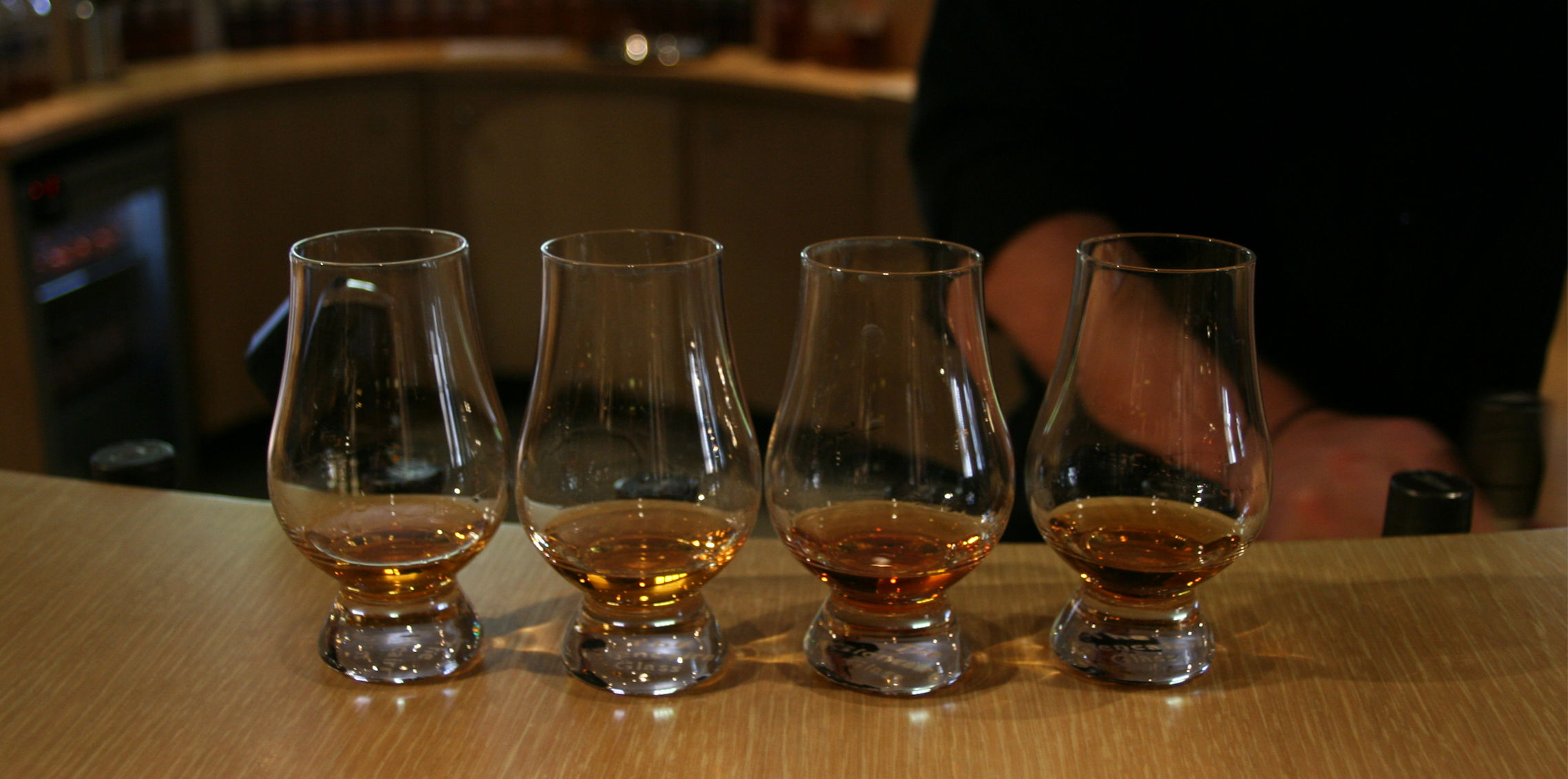
The Tantalising Tasting was just me and another couple of couples. For those just joining me, Neil poured them a half-measure of the American Oak, just to get their palates going. After that, he gave us our four drams unlabeled, for nosing and tasting, to get honest opinions from everyone on each dram. My notes on the four were:
#1 “I’m confused; the character’s there but so’s something else. I like it, but can’t tell you why.” Turns out this was their Virgin Oak expression, a mere 6 years young.
#2 “Smells meaty like a steak, but there’s something underneath that reminds me of the American Oak”. Their 12 Year, a combination of bourbon aged and sherry aged combined. Neil poured me another tiny sip of the American Oak to compare, because he agreed that they have a lot in common. It was fun to compare ’em.
#3 “Dry fruit. Lots of dry fruit.” Their Three Wood expression: bourbon, Oloroso and Pedro Ximenez casks.
#4 “Closed at first, gradually opened up. Hot and delicate. Dry and fruity. Hmmm….”. This one was their current Distillery Cask. Basically, one of their team gets to pick a cask and fill the bottles. This was a first fill Pedro Ximenez cask.
I should point out that, as I was driving a few more miles, I asked once again for the driver’s drams. I took a few sips, then Neil was kind enough to decant into sample bottles, which he very kindly topped up for me.
I left the distillery with a 200ml bottle of the Distillery Cask. Because it’s bottled on-site, every purchase of the Distillery Cask has to be entered in the duty logs. This means that I now have my name in the duty logs at three distilleries: Laphroaig (last summer, self-fill), Balvenie (this visit, self-fill), and Auchentoshan. Fun!
I jumped in the car, and headed the last eight miles or so back to my folks’ place, with a quick detour to Tesco for a couple of staples that I always bring back to the US. A lovely dinner with my folks, after which I presented them with a few gifts from my travels, and then dad and I settled down with the four driver’s drams. Despite her misgivings, mum did partake by nosing each dram, and was making some damned good observations. Both of ’em got coconut on, I believe, the 12 Year which is particularly interesting as it’s a notoriously difficult note to pick up and identify.
Finally, I spent a good hour packing my two suitcases, carefully arranging padding to protect my 4.5 litres of ill-gotten gains. The big suitcase I nailed first time at about 21kg (46lbs), so nicely under the 22kg (50lb) per bag limit on most international flights, leaving plenty of room in the smaller one, which came in at about 14kg (31lbs). Rats. I could’ve snagged another couple of bottles!
Packed myself off to bed, trying hard not to think about the fact that, tomorrow, the holiday was over.
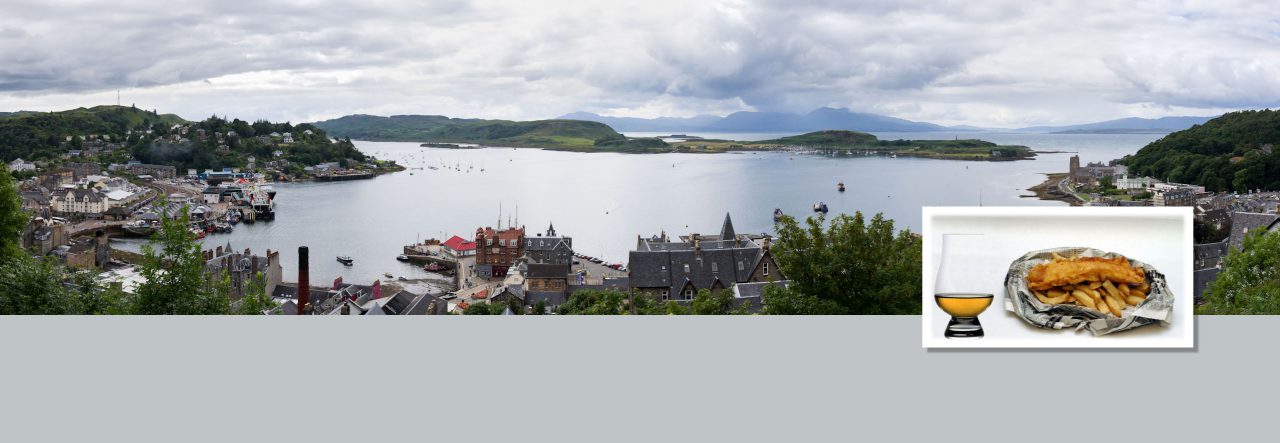
Leave a Reply